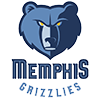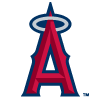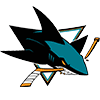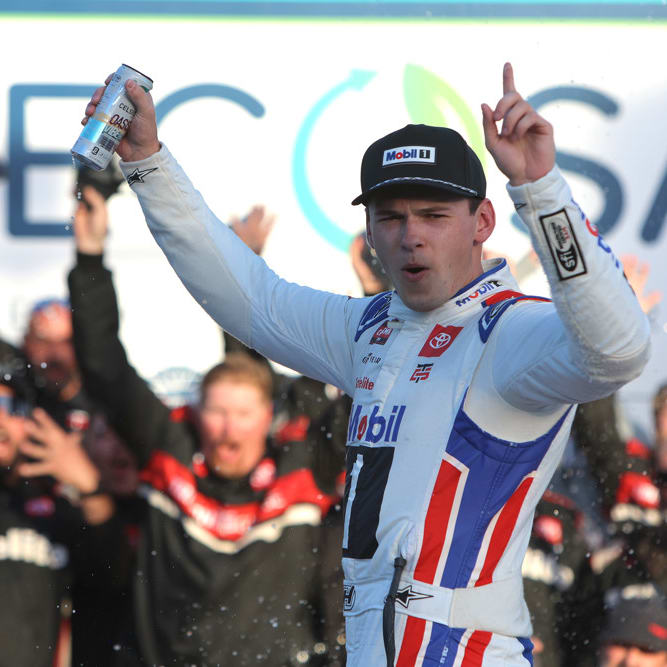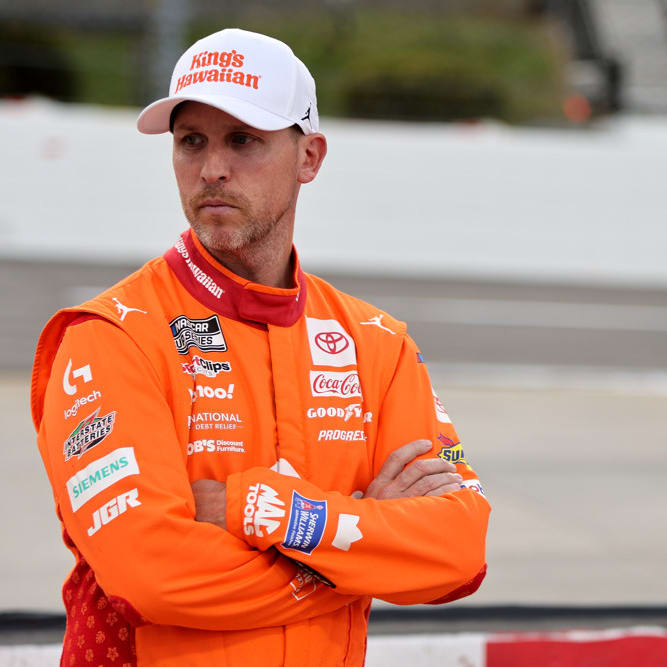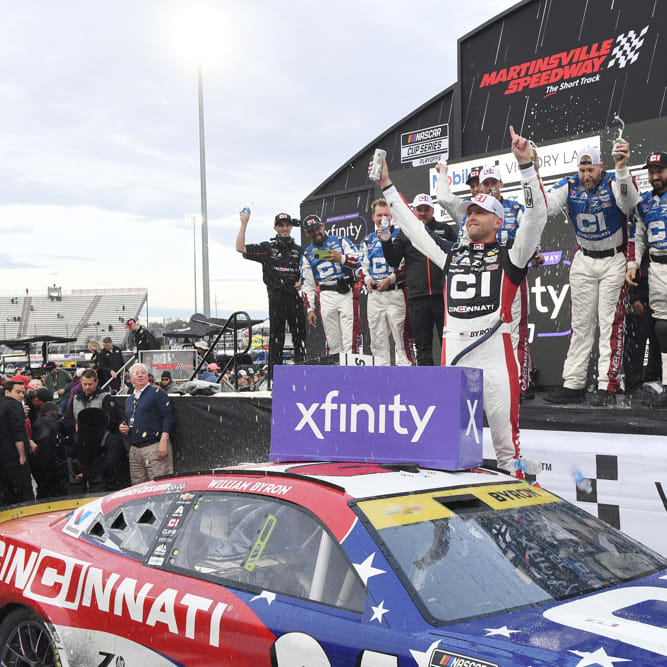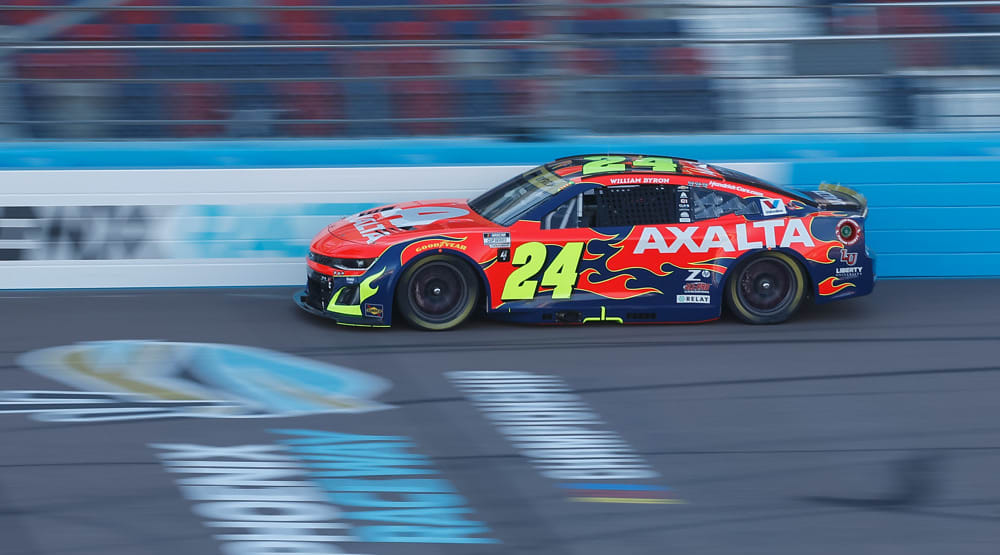DRIVER CHANGES
Thanks to the usual silly season movement and free agent driver signings, we have several different drivers that have moved to new teams in 2014. There are a handful of teams that are shutting down and some that are starting new. There are a few teams that have merged or contracted in order to stay competitive. Also, a handful of driver/team swaps have taken place; among the most notable are the Kevin Harvick and Ryan Newman moves.
| DRIVER | NEW TEAM | OLD TEAM |
| Austin Dillon | No. 3 Richard Childress Racing | No. 3 Nationwide Series |
| Kevin Harvick | No. 4 Stewart Haas Racing | No. 29 Richard Childress Racing |
| Michael Annett | No. 7 Tommy Baldwin Racing | No. 43 Nationwide Series |
| Ryan Blaney | No. 12 Penske Racing (part-time) | No. 29 Truck Series |
| Cole Whitt | No. 30 Swan Racing | No. 30 Swan Racing (part-time) |
| Parker Kligerman | No. NA Swan Racing | No. 77 Nationwide Series |
| Ryan Newman | No. 31 Richard Childress Racing | No. 39 Stewart Haas Racing |
| Kurt Busch | No. 41 Stewart Haas Racing | No. 78 Furniture Row Racing |
| Kyle Larson | No. 42 Earnhardt Ganassi Racing |
DRIVER CHANGES
Thanks to the usual silly season movement and free agent driver signings, we have several different drivers that have moved to new teams in 2014. There are a handful of teams that are shutting down and some that are starting new. There are a few teams that have merged or contracted in order to stay competitive. Also, a handful of driver/team swaps have taken place; among the most notable are the Kevin Harvick and Ryan Newman moves.
| DRIVER | NEW TEAM | OLD TEAM |
| Austin Dillon | No. 3 Richard Childress Racing | No. 3 Nationwide Series |
| Kevin Harvick | No. 4 Stewart Haas Racing | No. 29 Richard Childress Racing |
| Michael Annett | No. 7 Tommy Baldwin Racing | No. 43 Nationwide Series |
| Ryan Blaney | No. 12 Penske Racing (part-time) | No. 29 Truck Series |
| Cole Whitt | No. 30 Swan Racing | No. 30 Swan Racing (part-time) |
| Parker Kligerman | No. NA Swan Racing | No. 77 Nationwide Series |
| Ryan Newman | No. 31 Richard Childress Racing | No. 39 Stewart Haas Racing |
| Kurt Busch | No. 41 Stewart Haas Racing | No. 78 Furniture Row Racing |
| Kyle Larson | No. 42 Earnhardt Ganassi Racing | No. 32 Nationwide Series |
| A.J. Allmendinger | No. 47 JTG Daugherty Racing | Multiple Teams |
| Justin Allgaier | No. 51 Phoenix Racing | No. 31 Nationwide Series |
| Brian Vickers | No. 55 Michael Waltrip (full-time) | No. 55 MWR (part-time) |
| Jeff Burton | No. 66 Michael Waltrip (part-time) | No. 31 Richard Childress Racing |
| Martin Truex Jr. | No. 78 Furniture Row Racing | No. 56 Michael Waltrip Racing |
| NA | No. 83 BK Racing | NA |
| NA | No. 93 BK Racing | NA |
| Michael McDowell | No. 95 Leavine Family Racing | No. 98 Phil Parsons Racing |
| Josh Wise | No. 98 Phil Parsons Racing | No. 35 Front Row Motorsports |
| Bobby Labonte | No. NA Phoenix Racing (part-time) | No. 47 JTG Daugherty Racing |
POSSIBLE QUALIFYING CHANGES
NASCAR is considering changing its qualifying procedure in 2014 to have multiple cars on the track at the same time. Already used on road courses, the proposed qualifying format would have cars in groups (it has been five or six) with each car released from pit road in intervals of a few seconds. The group would then have a certain amount of time to complete qualifying laps, with the best lap speed used to determine the starting order for the race. On restrictor-plate tracks (Daytona and Talladega), NASCAR is considering using a drafting session - likely 45-60 minutes - to determine the starting order. The Daytona 500 field would still be set primarily through qualifying races, but whether the new format would be used to determine the Daytona 500 pole and the lineup for the qualifying races is still to be decided.
Nothing has been decided yet, but NASCAR is looking at making qualifying more enhanced for the fans and the drivers. The proposed changes would shorten the qualifying sessions and make them friendlier to the TV viewer and fans at the track.
NEUROLOGICAL TESTS
NASCAR announced that beginning in 2014, the sanctioning body will mandate preseason neurocognitive baseline testing as part of a comprehensive concussion prevention and management program for all national series drivers.
At the start of last season, NASCAR recommended that drivers who did not already have a baseline test secure one, while also indicating that a preseason baseline mandate could become effective as soon as 2014. Baseline testing will be performed through the use of an ImPACT (Immediate Post-Concussion Assessment and Cognitive Testing) test, which is a widely-used neurocognitive assessment tool. The result of neurocognitive testing is one factor out of many that doctors use to diagnose and treat concussions. This particular test evaluates an athlete's verbal and visual memory, processing speed and reaction time. By performing this test prior to the start of a season of competition, doctors are given a snapshot of an athlete's brain function while in a healthy state. Doctors can then use that baseline to compare to post-concussion tests to assist them in both evaluating the effects of any injury and informing their decisions to return an athlete to competition.
Since NASCAR's recommendation prior to the start of last season, drivers were invited to two concussion education sessions featuring Dr. Vinay Deshmukh, M.D., of Carolina Neurosurgery & Spine Associates, a member of NASCAR's Medical Advisory Group of Consulting Physicians. At those sessions, drivers were presented with an overview of what concussions are, their causes, treatment and the role that baseline tests play in the comprehensive evaluation of concussions.
NASCAR is getting up to speed with other major sports in neurological assessment and treatment of concussions. The hard impacts that we've seen for years in stock car racing have taken their toll on some drivers and in others have shortened their careers. The sanctioning body will use baseline testing to evaluate injuries and potential concussions during the season. The tool will be useful in diagnosis, treatment and for assessing when a driver can return to the track or if they need to remain sidelined.
EXPANDED USE OF AIR TITAN
NASCAR announced that its revolutionary Air Titan track drying system will be available at every NASCAR Sprint Cup Series race weekend throughout the 2014 season. Developed in-house at NASCAR's R&D Center, the Air Titan progressed quickly following France's directive to improve the racing product and fan experience in every form. Following testing in the summer and fall of 2012, Phase 1 of the technology was on-site at Daytona International Speedway in February. The 2012 Daytona 500 was the first to be postponed to the following day because of inclement weather. Its race event debut was in April at Martinsville where it successfully decreased drying time in order to hold NASCAR Sprint Cup practice rather than have it cancelled. Air Titan's biggest save to date was at Talladega Superspeedway's rainy spring races where it shaved nearly an hour off drying time for both the NASCAR Nationwide and NASCAR Sprint Cup Series races, allowing those events to be completed on their scheduled days. It also was in use Oct. 3 at Kansas for track conditioning purposes while also trimming nearly 45 minutes from drying time prior to the Goodyear zone tread tire test.
The Air Titan uses compressed air in tow-behind units to dry the track. In combination with the conventional jet dryers, the system dries intermediate to small size tracks very fast. Even on the largest of tracks, Air Titan can turn a rain out into a race run on the scheduled day. The expanded use of this system for the full 36 events can only be seen as a huge benefit to the fan and drivers alike.
SPRINT CUP CAR CHANGES
NASCAR has been looking at new technical rules to tweak the cars for 2014. A mid-December test at Charlotte Motor Speedway, yet another NASCAR test there, should help set things. NASCAR is now expected to bring the "tapered spacer" to the Cup series, to try to take 90 horsepower out of these 900 horsepower engines. NASCAR has tested a roof "wicker," running left-to-right, designed to disturb the air; that design was used some 10 years ago, briefly, but it appears the sanctioning body is rejecting that change. NASCAR will be using larger rear spoilers next season. And NASCAR is expected to add some holes in the rear bumpers, to vent under-car air flow.
NASCAR has found with the new Gen-6 car that horsepower and top speed are a big issue. Many track qualifying records fell in 2013, and not only did the fans notice but the sanctioning body did as well. NASCAR is going to slow these cars down a bit for the upcoming season and the air flow changes should make them more stable in traffic as well.
Car Package Changes
Changes announced Dec. 17 to the package include statically setting the race car ride height and eliminating the pre- and post-race front height rules and inspections. Additionally, the 2014 package includes:
1. A square leading edge on the splitter
2. Side skirt and rear fascia adjustments
3. An eight-inch rear spoiler
4. A 43-inch by 13-inch radiator pan
Rear Spoiler Height Change
NASCAR announced Dec. 24 that it has changed the rear spoiler height on the Gen-6 car to 4.5 inchces for the upcoming Daytona 500 and Speedweeks. This is an addition of half an inch to the height of the spoiler at Daytona from last season. The move will help give more down force and stability to the car. It remains to be seen if this change will stand for the other restrictor-plate races later in the season.
SCHEDULE CHANGES
For the 13th consecutive year, the NASCAR Sprint Cup Series schedule will consist of 36 points races as well as two additional weekends featuring non-points events. The Sprint Unlimited (Feb. 15) and two Daytona 500 qualifying races (both on Feb. 20) will take place before the season officially gets under way. The NASCAR Sprint All-Star Race at Charlotte Motor Speedway will take place on May 17, broadcast on Fox Sports 1.
The season will open with the 56th running of the Daytona 500 live on Fox on Feb. 23 before moving west to Phoenix International Raceway (March 2) and Las Vegas Motor Speedway (March 9).
Four tracks will undergo spring date changes: Texas Motor Speedway will hold its event one week earlier and move from Saturday to Sunday (April 6). Darlington Raceway will feature its race on April 12. Kansas Speedway will hold its first NASCAR Sprint Cup Saturday night race, with its event shifting to May 10, while Martinsville Speedway will host the series on March 30, a week earlier than in 2013.
For the fourth consecutive season, the Chase for the NASCAR Sprint Cup will start at Chicagoland Speedway (Sept. 14) and conclude live on ESPN on Nov. 16 at Homestead-Miami Speedway.
Other than the tweaks to the four spring dates, NASCAR has left most of the schedule alone. The Chase lineup of tracks remains the same, as does their order. The season kicks off at the same time with Speedweeks and the Daytona 500 weekend. The reliability of knowing where the series will be going and at what time of year helps the teams to plan for race prep. The continuity of the schedule is also good for the fans from a planning and attendance standpoint. NASCAR realizes this and makes every effort to accommodate all involved in the schedule planning.












